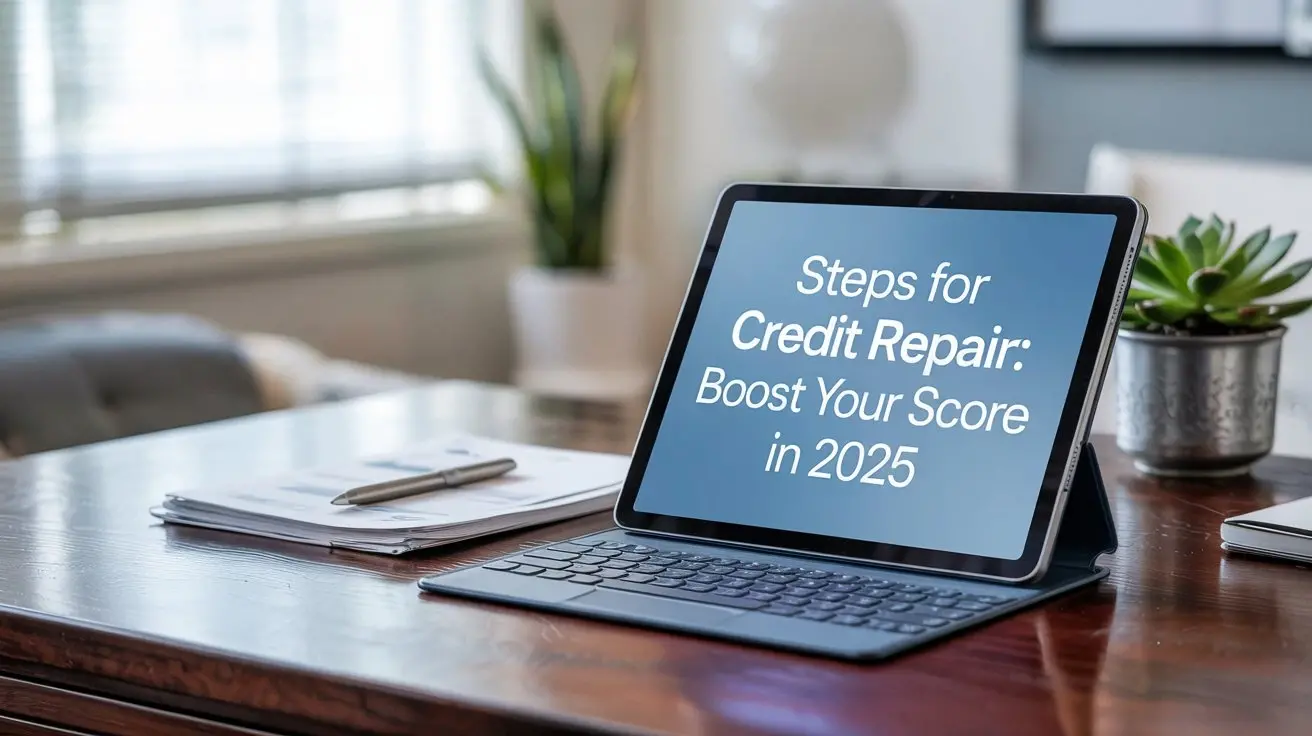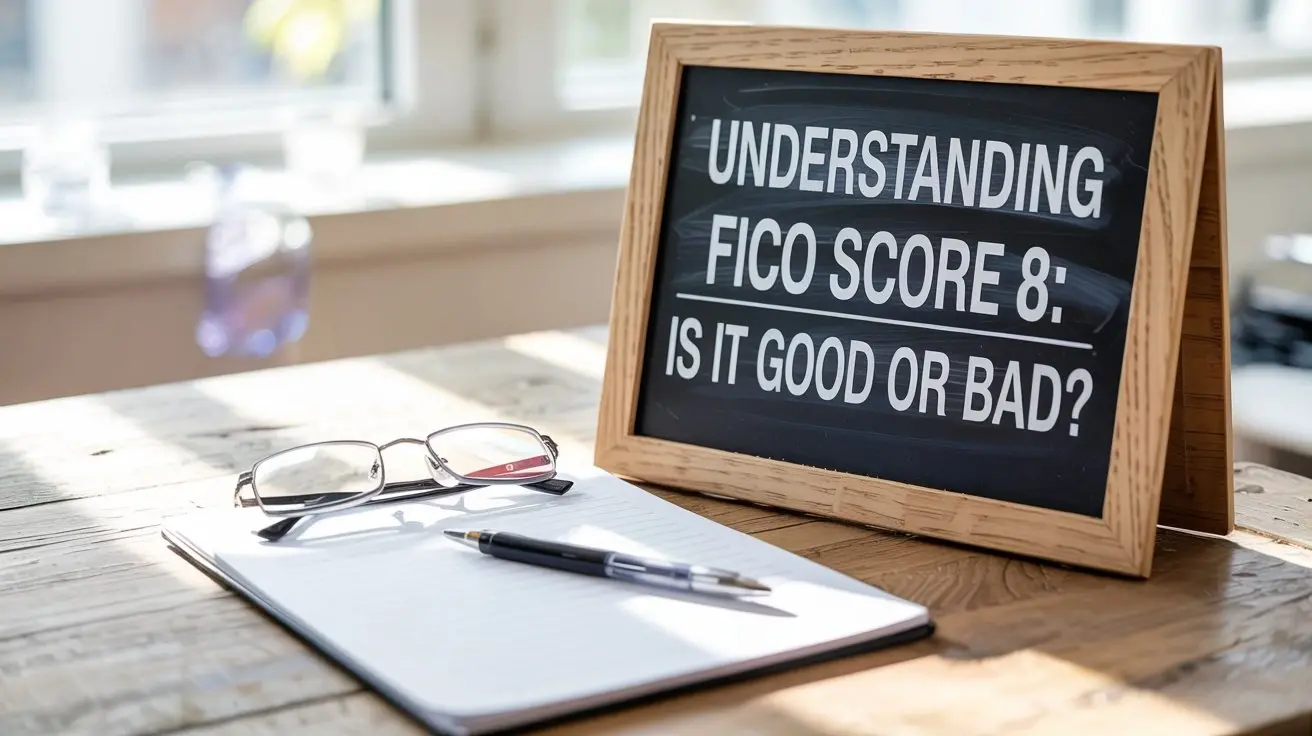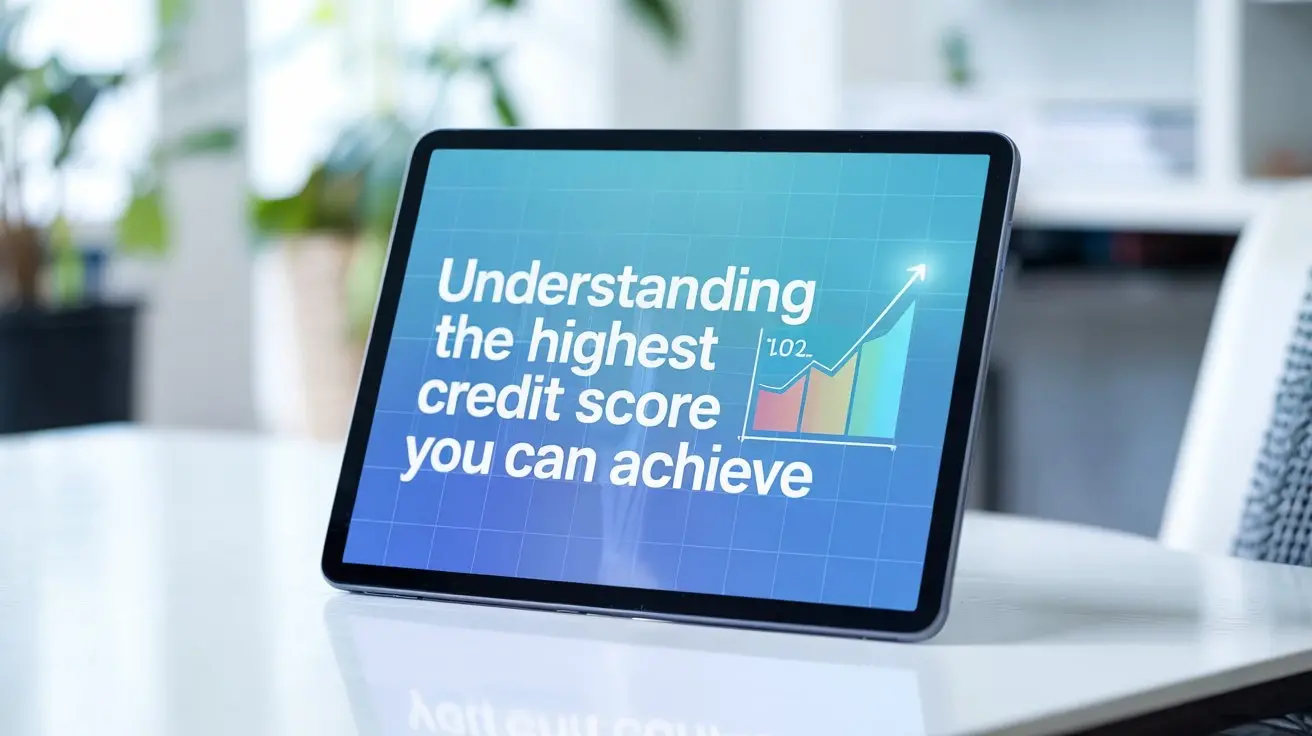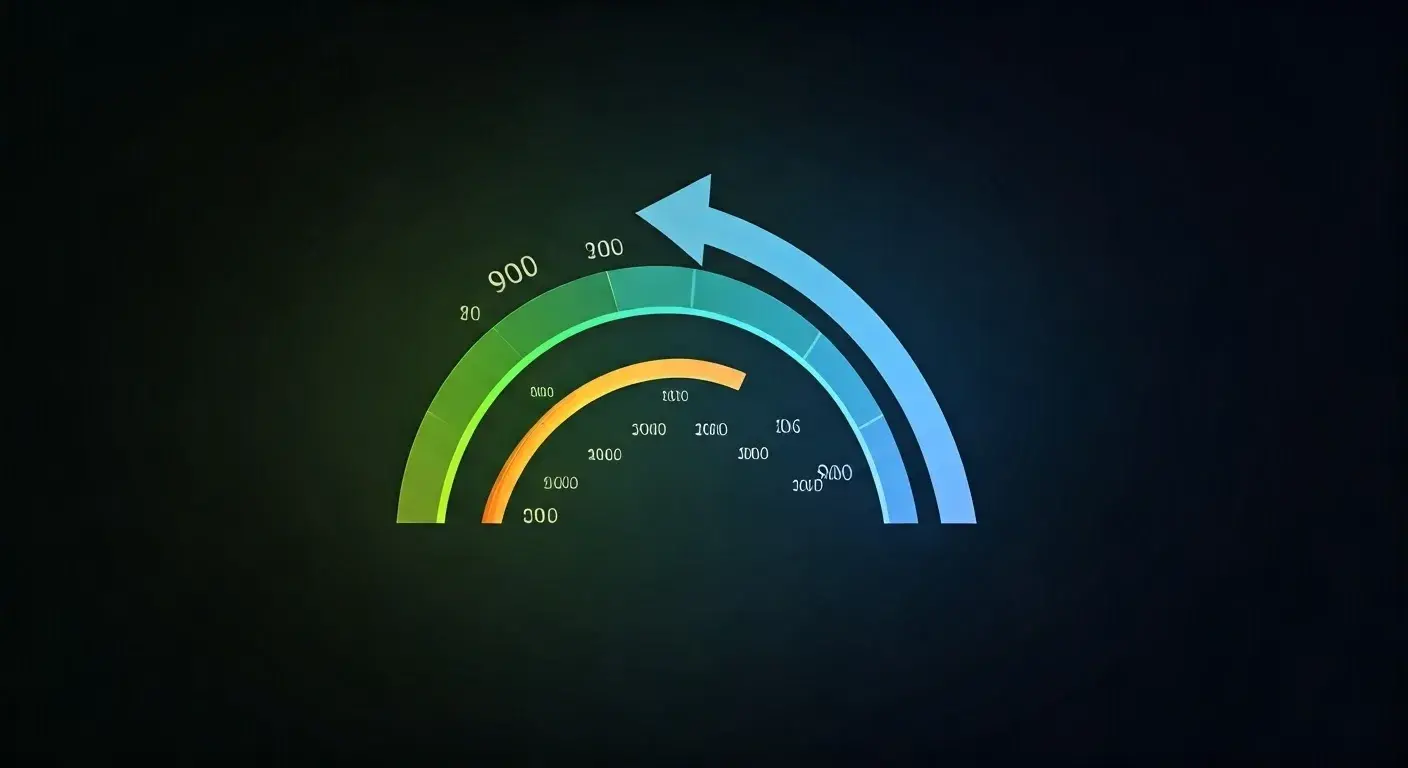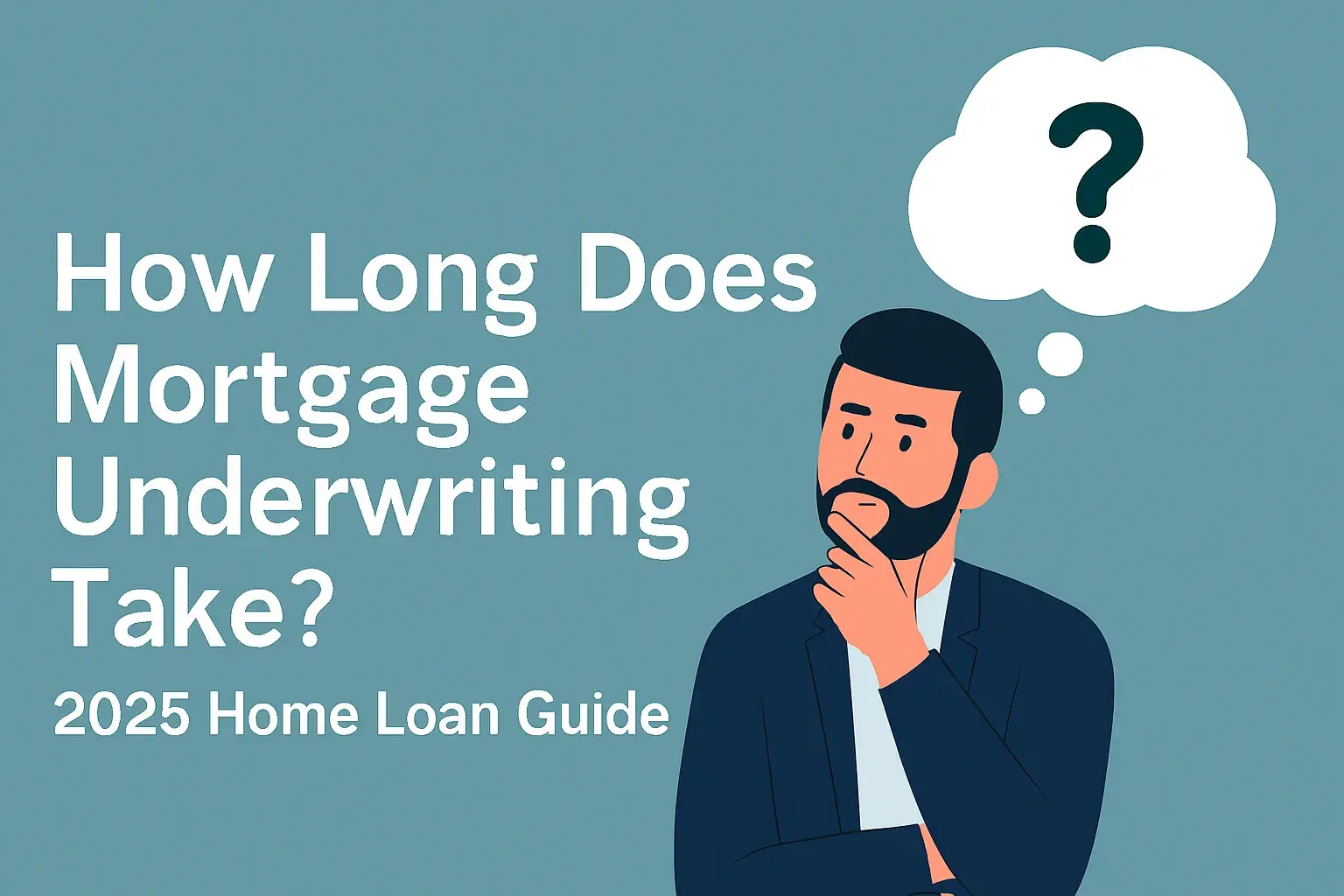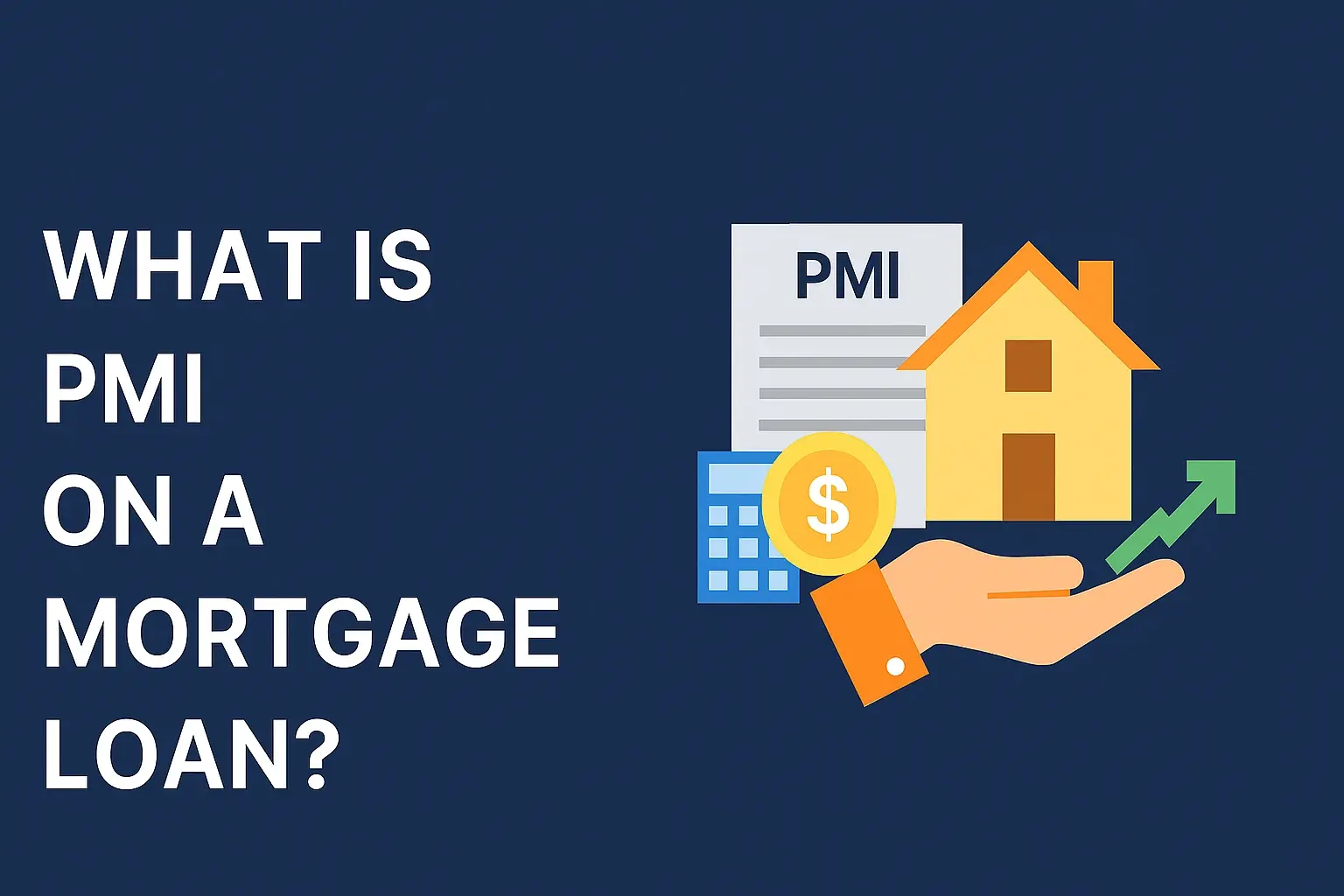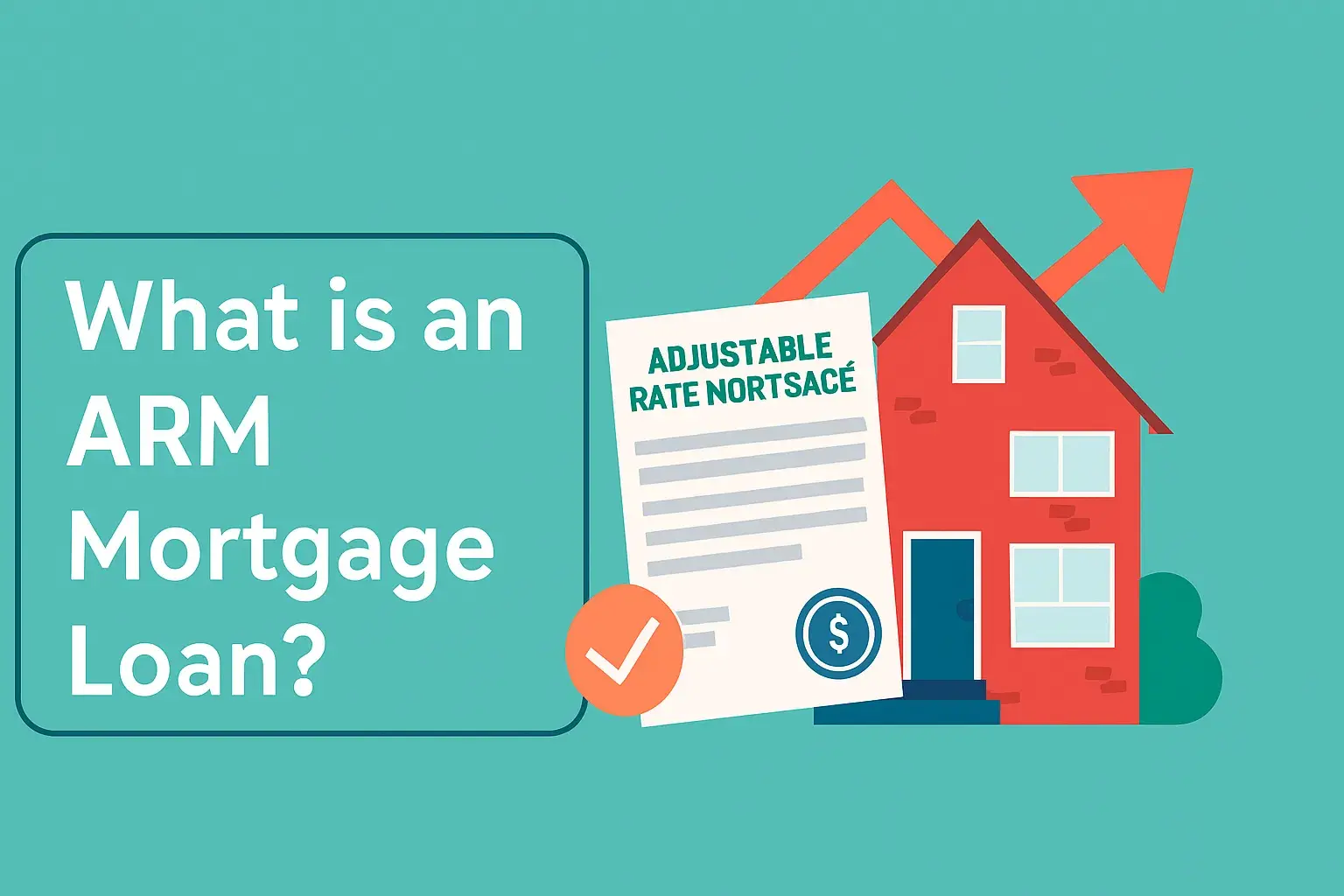-
Posted on: 23 Mar 2024

-
Your credit score is a crucial number that significantly impacts your financial life. It's a three-digit representation of your creditworthiness, influencing everything from loan approvals and interest rates to renting an apartment and even getting a job. But what happens when your credit score is at its absolute lowest? Understanding the implications of a very low credit score and knowing how to improve it is vital for regaining financial stability. This comprehensive guide will walk you through everything you need to know.
Understanding Credit Scores: A Quick Overview
Before diving into the lowest possible credit score, let's recap the basics of credit scores. Two primary credit scoring models are widely used: FICO and VantageScore.
FICO Score
The FICO score, developed by Fair Isaac Corporation, is the most commonly used credit scoring model by lenders. FICO scores range from 300 to 850. Here's a general breakdown of the FICO score ranges:
- Exceptional: 800-850
- Very Good: 740-799
- Good: 670-739
- Fair: 580-669
- Poor: 300-579
VantageScore
VantageScore is another credit scoring model developed collaboratively by the three major credit bureaus: Experian, Equifax, and TransUnion. VantageScore also ranges from 300 to 850 and has a similar categorization:
- Excellent: 750-850
- Good: 700-749
- Fair: 650-699
- Poor: 550-649
- Very Poor: 300-549
The Lowest Possible Credit Score: 300
Both the FICO and VantageScore models have a minimum score of 300. A credit score of 300 signifies the absolute worst credit rating possible. It indicates a severe history of financial mismanagement and a high risk of defaulting on debts.
What Does a Credit Score of 300 Mean?
A credit score of 300 suggests a long history of serious credit issues, such as:
- Multiple late payments: Consistently missing payment deadlines.
- Defaults on loans: Failing to repay loans as agreed.
- Collections accounts: Debts that have been turned over to collection agencies.
- Bankruptcies: Filing for bankruptcy, which significantly damages credit.
- Foreclosures: Losing a home due to failure to pay the mortgage.
- Repossessions: Having assets seized due to loan defaults.
- Judgments: Court orders requiring you to pay a debt.
These negative marks remain on your credit report for varying lengths of time, impacting your ability to access credit and financial services.
The Impact of a 300 Credit Score
Having the lowest possible credit score has far-reaching consequences that affect various aspects of your life:
Difficulty Obtaining Credit
Lenders view individuals with a 300 credit score as extremely high-risk borrowers. Getting approved for loans, credit cards, or mortgages becomes nearly impossible. If approved, the interest rates will be exorbitant, making it difficult to manage debt effectively.
High Interest Rates
Even if you manage to secure a loan or credit card with a low credit score, the interest rates will be significantly higher than those offered to individuals with good credit. High interest rates can lead to a cycle of debt, where the interest charges accumulate faster than you can pay them off.
Difficulty Renting an Apartment
Many landlords check credit scores as part of their tenant screening process. A poor credit score, especially one as low as 300, may lead to rejection. Landlords may see you as a high risk for missing rent payments.
Higher Insurance Premiums
In some states, insurance companies use credit scores to determine insurance premiums. A poor credit score can result in higher premiums for auto, home, and other types of insurance.
Employment Challenges
Some employers check credit reports as part of their hiring process, especially for positions that involve financial responsibility. A very low credit score might raise concerns about your financial stability and trustworthiness.
Difficulty Securing Utility Services
Utility companies may require a large deposit from individuals with low credit scores to secure services like electricity, gas, and water.
Factors That Affect Your Credit Score
Understanding the factors that influence your credit score is crucial for improving it. The main factors considered by FICO and VantageScore are:
Payment History (35% of FICO Score)
Your payment history is the most significant factor. It reflects whether you pay your bills on time. Late payments, defaults, and collections significantly lower your credit score.
Amounts Owed (30% of FICO Score)
This factor assesses the amount of debt you owe compared to your available credit. Keeping your credit utilization ratio (the amount of credit you're using divided by your total available credit) low is essential. Aim for a utilization rate below 30%.
Length of Credit History (15% of FICO Score)
A longer credit history generally results in a better credit score. Lenders prefer to see a track record of responsible credit use.
Credit Mix (10% of FICO Score)
Having a mix of different types of credit accounts (e.g., credit cards, installment loans, mortgages) can positively impact your credit score. However, it's not necessary to open new accounts just to diversify your credit mix.
New Credit (10% of FICO Score)
Opening multiple new credit accounts in a short period can lower your credit score. Each application for credit results in a hard inquiry on your credit report, which can slightly lower your score.
Strategies for Improving a 300 Credit Score
Improving a credit score as low as 300 requires patience, discipline, and a strategic approach. Here's a step-by-step guide:
1. Obtain and Review Your Credit Reports
Start by obtaining copies of your credit reports from all three major credit bureaus: Experian, Equifax, and TransUnion. You can get a free copy of each report annually at AnnualCreditReport.com. Review your reports carefully to identify any errors, inaccuracies, or outdated information.
2. Dispute Errors and Inaccuracies
If you find any errors on your credit reports, dispute them with the credit bureaus. Provide supporting documentation to back up your claim. The credit bureaus are required to investigate and correct any verified errors.
3. Focus on Paying Bills on Time
The most crucial step in improving your credit score is to consistently pay all your bills on time. Set up automatic payments or reminders to avoid missing deadlines. Even small improvements in your payment history can make a significant difference.
4. Reduce Your Credit Utilization
Lower your credit utilization ratio by paying down your credit card balances. Aim to keep your utilization below 30% of your available credit. If possible, pay off your balances in full each month.
5. Consider Secured Credit Cards
If you have difficulty getting approved for a traditional credit card, consider applying for a secured credit card. Secured credit cards require a cash deposit as collateral, making them easier to obtain even with poor credit. Use the card responsibly and pay your bills on time to build a positive credit history.
6. Explore Credit Builder Loans
Credit builder loans are designed to help individuals with poor credit establish a positive payment history. With a credit builder loan, you make fixed monthly payments over a set period. The lender reports your payments to the credit bureaus, helping you build credit.
7. Become an Authorized User
If you have a trusted friend or family member with good credit, ask if they would add you as an authorized user on their credit card account. As an authorized user, you can benefit from their positive payment history, which can improve your credit score.
8. Avoid Applying for New Credit
While you're working to improve your credit score, avoid applying for new credit accounts. Each application results in a hard inquiry, which can temporarily lower your score.
9. Seek Credit Counseling
If you're struggling to manage your debt, consider seeking assistance from a non-profit credit counseling agency. Credit counselors can help you develop a budget, create a debt management plan, and negotiate with creditors.
10. Be Patient and Consistent
Improving a credit score as low as 300 takes time and effort. There are no quick fixes or overnight solutions. Be patient and consistent with your efforts, and you'll gradually see improvements in your credit score.
How Long Does It Take to Improve a Low Credit Score?
The timeline for improving a credit score depends on several factors, including the severity of your credit issues, the steps you take to improve your credit, and the consistency of your efforts. It can take several months to a year or more to see significant improvements. Remember that negative marks, such as bankruptcies and foreclosures, can remain on your credit report for seven to ten years.
Staying on Track for Long-Term Credit Health
Once you’ve started to improve your credit score, maintaining good credit habits is essential for long-term financial health. Continue to pay your bills on time, keep your credit utilization low, and regularly monitor your credit reports for any errors or signs of identity theft. Building and maintaining good credit is an ongoing process that requires discipline and commitment.
